In the expansive and intricate landscape of homeowners’ insurance, certain aspects are often overlooked until the unexpected occurs. One such facet deserving of meticulous attention is ordinance or law coverage. This article embarks on a thorough exploration of this often-neglected dimension, aiming to unravel its significance, multifaceted aspects, and the decision-making process for homeowners. As we navigate the complexities of ordinance or law coverage, our overarching goal is to empower homeowners with the knowledge necessary to make well-informed decisions about their insurance policies.
Understanding Ordinance or Law Coverage:
Definition and Scope: Ordinance or law coverage emerges as a pivotal component in the aftermath of a covered loss. At its core, this coverage addresses the financial implications associated with bringing a home up to current building codes and regulations. However, its significance extends beyond the tangible reconstruction aspects, acting as a financial safety net in legal situations stemming from incidents on the property.
Add-On Policy: Ordinance or law coverage is not a standard inclusion in basic homeowners’ insurance policies; rather, it is typically offered as an add-on policy. This implies that homeowners must actively opt for this coverage separately as an endorsement of their existing policy.
Key Considerations and Options:
Recommended Nature: While ordinance or law coverage is optional, it is often recommended, especially in regions where liability insurance for ordinance-related damages is mandated. Understanding the distinction between ordinance or law coverage and liability insurance is essential. The former serves as a safeguard against unforeseen circumstances, while the latter primarily addresses more predictable events.
Policy Variations: Policies offering ordinance or law coverage can vary significantly in their scope. Some policies may cover destruction resulting from laws, while others may extend protection to damages incurred due to specific ordinances. Homeowners need to carefully review the terms and conditions of their policy, ensuring that it aligns with their specific needs and provides coverage tailored to their circumstances.
Inclusion and Cost:
Separate Endorsement: Unlike liability coverage, which is often bundled with basic homeowners’ insurance, ordinance, and law coverage must be purchased separately as an endorsement. This separation allows homeowners the flexibility to customize their policies based on their individual needs, ensuring that homeowners are not burdened with unnecessary costs for coverage that might not be relevant to their circumstances.
Evaluating Existing Policies: Homeowners contemplating the inclusion of ordinance or law coverage should conduct a thorough evaluation of their existing policies. Understanding the limitations of their current coverage and weighing the associated costs of additional endorsements is crucial. This evaluation process serves as a foundation for making informed decisions about the necessity of ordinance or law coverage in their specific circumstances.
Coverage Details:
Percentage of Dwelling’s Coverage Limit: Ordinance or law coverage is typically expressed as a percentage of the dwelling’s coverage limit. This percentage provides homeowners with flexibility, allowing them to choose the level of protection they deem necessary. Options usually range from 10% to 50%, providing homeowners with the ability to align their coverage with the potential expenses related to upgrades, demolition, or addressing the undamaged portion of the property.
Addressing Gaps in Standard Policies: Ordinance or law coverage proves particularly valuable in scenarios where standard policies fall short. The evolving nature of building regulations means that homes may need significant modifications to meet new standards. In such situations, ordinance or law coverage acts as a financial buffer, addressing the gaps in standard policies and ensuring that homeowners have the necessary resources to comply with updated building codes.
Considerations for Homeowners:
Age of the Property: The decision to invest in ordinance or law coverage depends on various factors, with the age of the property being a significant consideration. Older homes that have not undergone recent renovations may benefit significantly from this coverage. As building codes and regulations evolve, older structures may require substantial upgrades to meet contemporary standards.
Local Regulations: Understanding and considering local regulations is paramount when assessing the necessity of ordinance or law coverage. Homeowners in communities with stringent building codes or in states that mandate the demolition of severely damaged homes should give serious thought to this coverage.
Consequences of Lack of Coverage:
Substantial Costs: The absence of ordinance or law coverage exposes homeowners to substantial costs for repairs, reconstruction, and compliance with regulations following incidents not covered by standard policies. Without this coverage, individuals risk shouldering these expenses independently, potentially leading to financial strain and hardships.
Financial Safety Net: Ordinance or law coverage acts as a crucial financial safety net, preventing homeowners from bearing the full brunt of unexpected expenses. It ensures that, in the aftermath of a covered loss, homeowners can navigate the intricate landscape of rebuilding and compliance without the looming fear of overwhelming financial burdens.
Importance of Comprehensive Home Insurance:
Holistic Protection: While ordinance or law coverage plays a pivotal role in safeguarding homeowners against specific risks, it is crucial to underscore the importance of comprehensive home insurance. A well-rounded policy should encompass a range of coverages, including dwelling coverage, personal property coverage, liability protection, and additional living expenses coverage. When exploring options, don’t forget to obtain home insurance quotes to make an informed decision. Each component contributes to a holistic shield, ensuring that homeowners are adequately protected across various scenarios.
Risk Mitigation: In the unpredictable realm of homeownership, risk mitigation is a constant consideration. Beyond addressing the aftermath of a covered loss, comprehensive insurance aims to mitigate potential risks before they escalate into significant financial burdens. This proactive approach involves periodic reassessments of coverage needs, understanding policy limitations, and staying informed about emerging risks in the local community.
Evolving Building Codes and Regulations:
Dynamic Nature: The landscape of building codes and regulations is dynamic, continually evolving to address emerging safety concerns and technological advancements. Homeowners must recognize the fluid nature of these standards and the potential impact on their properties. Ordinance or law coverage becomes a strategic tool in navigating this dynamism, providing financial support when compliance with updated regulations becomes necessary.
Technological Advancements: Advancements in construction materials, design methodologies, and home automation technologies are influencing building codes. These changes aim to enhance structural integrity, energy efficiency, and overall safety. While these advancements contribute to improved living standards, they may also render older homes non-compliant with contemporary codes.
Case Studies and Real-Life Scenarios:
Hurricane Sandy and Compliance Challenges: The aftermath of Hurricane Sandy serves as a poignant example of the challenges homeowners may face in terms of compliance with building codes. The widespread destruction caused by the hurricane prompted local authorities to reassess and strengthen building regulations, aiming to enhance resilience against future storms.
Aging Homes and Safety Upgrades: Consider a scenario where a homeowner resides in a charming historic neighborhood with aging homes. While these properties exude character, they often require significant safety upgrades to meet modern building codes. Without ordinance or law coverage, the financial burden of ensuring compliance with current standards may deter homeowners from undertaking necessary renovations.
Future Trends in Home Insurance:
Technological Integration: The future of home insurance is intricately linked to technological advancements. Insurtech innovations, including smart home devices, real-time monitoring, and data analytics, are reshaping the landscape of risk assessment and claims management. These technologies not only enhance the accuracy of risk evaluations but also empower homeowners to actively participate in minimizing risks.
Climate Change and Environmental Risks: The escalating impacts of climate change underscore the need for insurance to adapt to evolving environmental risks. Increased frequency and severity of natural disasters, such as hurricanes, wildfires, and floods, necessitate a proactive approach to risk management. Homeowners should be cognizant of the potential implications of climate change on their properties and seek insurance policies that address these emerging challenges.
Conclusion and Empowering Homeowners:
In conclusion, ordinance or law coverage stands as a valuable addition to homeowners’ insurance portfolios. It provides crucial protection against unforeseen events and regulatory requirements that may arise in the aftermath of covered losses. While the coverage is optional, it proves instrumental in averting financial burdens associated with compliance and reconstruction.
Homeowners are encouraged to approach the decision-making process regarding ordinance or law coverage with diligence and foresight. By assessing specific needs and considering factors such as the age of the property, local regulations, and potential costs of necessary upgrades, homeowners can make informed decisions that align with their unique circumstances. The proactive engagement with insurance professionals and periodic policy reviews ensures a comprehensive and adaptive approach to homeowners’ insurance, safeguarding homes against evolving risks and uncertainties.

